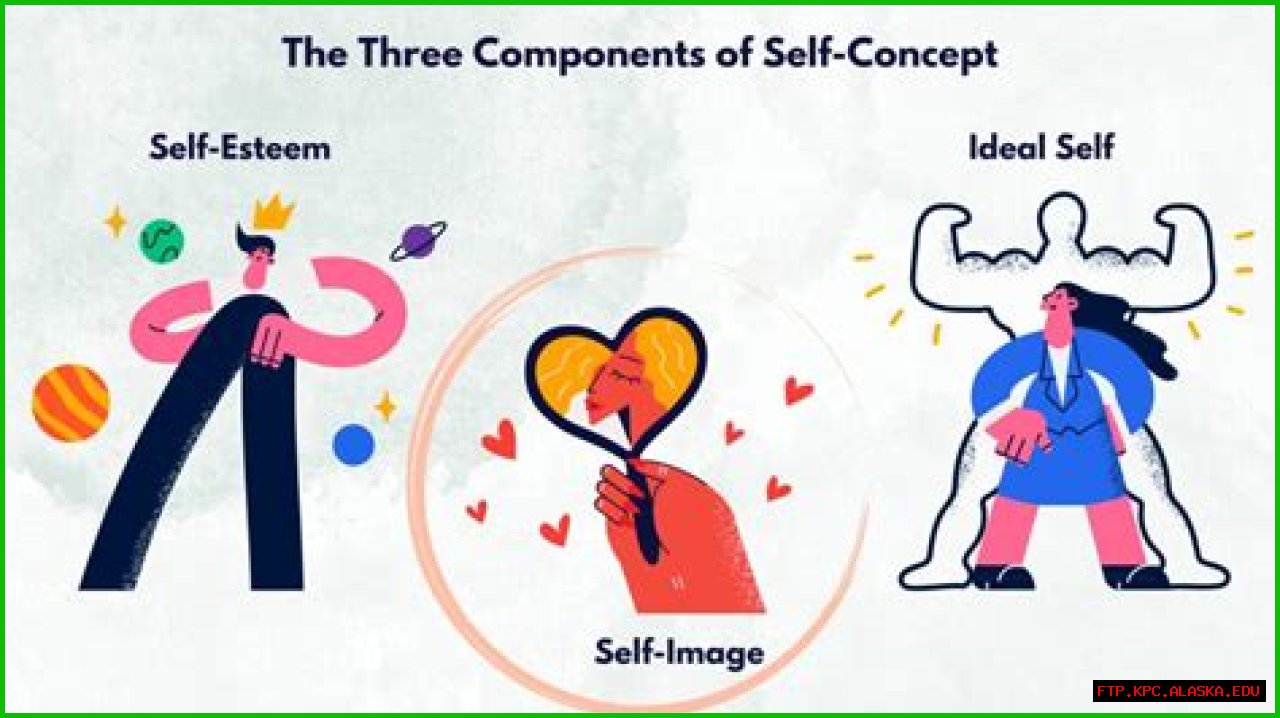“Repeat that” is a phrase that many of us encounter in our daily conversations, whether in personal interactions, educational settings, or even in professional environments. It signifies a request for clarification or a desire to hear something again. In this article, we will delve into the various aspects of this phrase, exploring its significance, usage, and the contexts in which it is often employed.
In our fast-paced lives, miscommunication can easily occur, making it essential to understand the importance of clear communication. The phrase “repeat that” serves as a valuable tool for ensuring that messages are received as intended. This article aims to provide a thorough exploration of the topic while adhering to the principles of expertise, authoritativeness, and trustworthiness (E-E-A-T) to ensure that readers gain insightful knowledge on this frequently used expression.
From its origins to practical applications, our exploration will cover various dimensions of “repeat that.” We will examine how it is used in different contexts, the psychology behind asking someone to repeat information, and how technology has influenced our communication practices. By the end of this article, readers will have a comprehensive understanding of the phrase “repeat that” and its relevance in effective communication.
- Table of Contents
- What is "Repeat That"?
- Importance of "Repeat That"
- Contexts of Use
- 1. Personal Conversations
- 2. Educational Settings
- 3. Professional Environments
- 4. Digital Communication
- The Psychology Behind Repetition
- Technology and Communication
- Improving Communication Skills
- Common Misunderstandings
- Conclusion
- Call to Action
What is "Repeat That"?
The phrase “repeat that” is commonly used to ask someone to say something again. It can be employed in various scenarios, including:
👉 For more insights, check out this resource.
- When a person did not hear or understand what was said.
- To emphasize a point or seek further clarification.
- In educational settings, where students may need to hear instructions or information again.
Understanding this phrase is crucial for effective communication, as it promotes clarity and reduces the likelihood of misunderstandings.
Importance of "Repeat That"
Asking someone to “repeat that” serves several important purposes in communication:
👉 Discover more in this in-depth guide.
- Ensures Clarity: It helps clarify any uncertainties or confusion in a conversation.
- Enhances Learning: In educational contexts, repetition aids memory retention and understanding.
- Builds Rapport: It shows the speaker that their message is valued and encourages open dialogue.
By encouraging repetition, individuals can foster better communication and understanding in various relationships.
Contexts of Use
The phrase “repeat that” is versatile and can be used in numerous contexts, including:
1. Personal Conversations
In everyday interactions, individuals may request repetition to ensure they have accurately understood the message being conveyed.
2. Educational Settings
Teachers often encourage students to ask for clarification by saying “repeat that” when complex information is presented.
3. Professional Environments
During meetings or presentations, it is common to hear requests for repetition to ensure that crucial information is not missed.
4. Digital Communication
In digital formats, such as video calls or messaging apps, users may also ask for repetition to address technical issues like poor connectivity.
The Psychology Behind Repetition
Repetition is a fundamental aspect of human communication and cognition. Here are some psychological principles related to repetition:
- Memory Retention: Repeating information enhances memory retention and helps individuals recall information more effectively.
- Learning Styles: Different individuals have varying learning styles, and repetition caters to auditory and visual learners alike.
- Comfort and Confidence: Asking for repetition can provide comfort and confidence in understanding and responding to conversations.
Technology and Communication
The rise of technology has significantly influenced how we communicate. Tools like video conferencing and messaging apps have created new opportunities for asking someone to “repeat that.” Key points include:
- Virtual Meetings: With the increase in remote work, technology has made it easier to ask for repetition when connectivity issues arise.
- Text Communication: In written communication, individuals may ask for clarification by requesting a specific part of a message to be repeated.
Improving Communication Skills
To enhance communication skills and reduce the need to ask others to “repeat that,” consider the following tips:
- Active Listening: Focus on the speaker and engage in active listening to minimize misunderstandings.
- Clarifying Questions: Instead of asking someone to repeat, ask specific questions to clarify the information.
- Summarizing: Repeat back what you heard in your own words to confirm understanding.
Common Misunderstandings
Despite its usefulness, there are common misunderstandings associated with asking someone to “repeat that.” These include:
- Perceived Rudeness: Some may view asking for repetition as impolite, but it is essential for clear communication.
- Fear of Judgment: Individuals may hesitate to ask for repetition due to fear of appearing uninformed.
Understanding these misconceptions can lead to more open and effective communication.
Conclusion
In conclusion, the phrase “repeat that” plays a vital role in promoting clear and effective communication across various contexts. By understanding its significance, we can foster better interactions in both personal and professional settings. Encouraging repetition not only enhances clarity but also builds rapport and trust among individuals.
We invite you to share your thoughts on the importance of clear communication. Have you ever found yourself needing to ask someone to “repeat that”? Please leave a comment below and let us know your experiences.
Call to Action
If you found this article helpful, consider sharing it with your friends or reading more of our content on effective communication strategies.
Thank you for reading, and we hope to see you again soon!
Travis Turpin And Jasmine Gosnell Engaged: A Love Story UnfoldingIs Manuel Garcia-Rulfo Married? A Deep Dive Into His Personal Life
